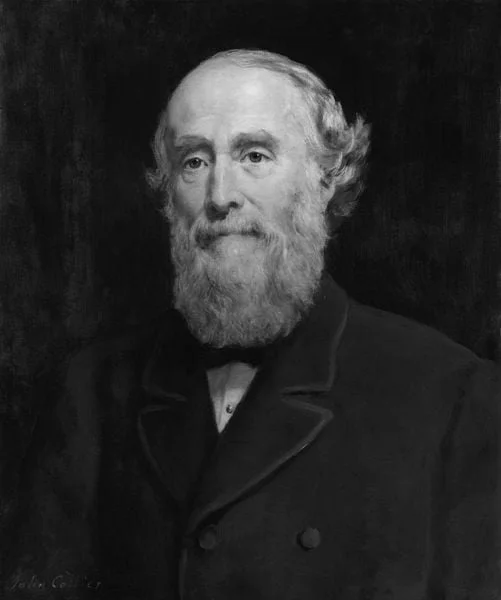Real Celebrities Never Die!
OR
Search For Past Celebrities Whose Birthday You Share

source: wikipedia.org
Anthony Fokker
Birthday:
06 Apr, 1890
Date of Death:
23 Dec, 1939
Cause of death:
Pneumococcal meningitis
Nationality:
American, German, Dutch
Famous As:
Aircraft manufacturer
Age at the time of death:
49
Introduction to Anthony Fokker
Anthony Fokker, a Dutch aviation pioneer and aircraft manufacturer, gained recognition for his contributions during World War I by designing and manufacturing fighter planes for the German Air Force. Additionally, he established the renowned Fokker Aircraft Company, which emerged as one of the leading global aircraft manufacturers in the period between wars and beyond.
Early Life and Fascination with Aviation
Anthony Fokker was born in Blitar, Java, to a Dutch colonial family. From an early age, he nurtured a fascination with mechanics and aviation. After moving with his family to Haarlem, Netherlands, at the age of four, Fokker’s innovative spirit began to flourish.
First Steps in Aviation
In pursuit of his passion for flight, Fokker relocated to Germany in 1910 to pursue engineering studies but eventually abandoned them. Fokker designed, developed, and built his first aircraft at the age of 20 in 1910 — an incredible achievement for a young Fokker. Subsequently obtaining his pilot’s license, he embarked on establishing his own aircraft company, named Fokker Aeroplanbau, in 1912.
Contributions During World War I
During World War I, Anthony Fokker served as a contractor for the German government, supplying reconnaissance and training planes. His aircraft quickly gained recognition and demand, especially from the German Air Corps.
The German government even compelled the established industrial firm Junkers to collaborate with Fokker on building his aircraft designs. Notably, he invented the synchronization gear, which facilitated machine gun firing through propellers without causing any damage — a crucial advantage that earned him the moniker “the flying Dutchman” while granting German pilots superiority over their adversaries.
Post-War Transition and Civilian Aircraft
Following the war’s conclusion, Fokker foresaw the future growth of the aviation industry and transferred his company operations to the Netherlands, where production of civilian and military aircraft continued unabated. He set up an aircraft factory in Amsterdam in 1919.
Expansion into the United States
Fokker sensed opportunity in other markets and expanded his business ventures into the United States, where he established the Atlantic Aircraft Corporation in 1927. This company later transformed into the renowned General Aviation Corporation. Fokker’s impact in the U.S. was profound, and his aircraft designs, particularly the Fokker tri-motor, became the workhorses of the rapidly developing air travel industry.
Anthony Fokker's Quote's
Notable Achievements and Aircraft
Fokker’s aircraft played a significant role in several notable accomplishments:
– Richard E. Byrd used a Fokker aircraft to fly over the North and South Poles.
– Amelia Earhart used a Fokker aircraft to fly over the Atlantic.
– Charles Kingsford-Smith completed the first trans-Pacific flight using a Fokker aircraft.
Legacy and Final Days
Fokker died in 1939, at the age of 49, from complications of meningitis, leaving behind a legacy of innovation and excellence in aviation, as well as a controversial reputation for his involvement in war.
Name:
Anthony Fokker
Popular Name:
Anthony Fokker
Gender:
Male
Cause of Death:
Pneumococcal meningitis
Spouse:
Place of Birth:
Blitar, East Java, Dutch East Indies (now Indonesia)
Place of Death:
Murray Hill Hospital, New York City, United States
Occupation / Profession:
Personality Type
Architect: Fokker was known for being ambitious and goal-oriented. He wouldn’t rest until he achieved his end goal.
His most famous design was the Fokker Triplane flown by Manfred von Richthofen (the Red Baron)
In total, Fokker held over 700 patents related to aviation technology
Fokker designed the first synchronized machine gun for planes.
Fokker designed the first passenger plane with a metal frame.
The Fokker D.VII was considered one of the best fighter planes of WWI.
His company produced over 40,000 aircraft during World War I.
International Air & Space Hall of Fame (1970)
National Aviation Hall of Fame (1980)
